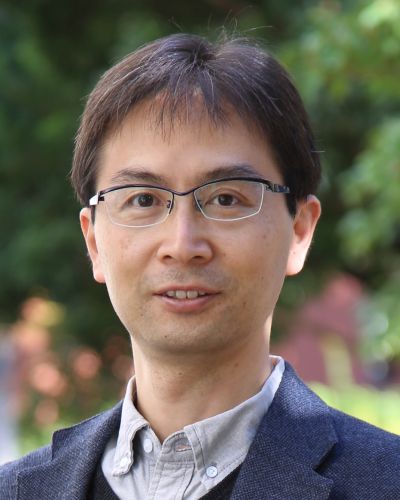【Major Papers of the Laboratory】
・Circadian oscillation in primary cilium length by clock genes regulates fibroblast cell migration. Nakazato R, Matsuda Y, Ijaz F, Ikegami K. EMBO Reports 24:e56870, 2023
・Excess microtubule and F-actin formation mediates shortening and loss of primary cilia in response to a hyperosmotic milieu. Otani H, Nakazato R, Koike K, Ohta K, Ikegami K. Journal of Cell Science 137:jcs261988, 2024
・A pair of primers facing at the double-strand break site enables to detect NHEJ-mediated indel mutations at a 1-bp resolution. Ijaz F, Nakazato R, Setou M, Ikegami K. Scientific Reports 12:11681, 2022
・Knock-in of Labeled Proteins into 5'UTR Enables Highly Efficient Generation of Stable Cell Lines. Ijaz F, Ikegami K. Cell Structure and Function 46:21-35, 2021
・A type of pancreatic cancer cells form cell clusters from a solitary condition in a primary ciliogenesis-dependent manner. Shirakawa K, Nakazato R, Hara T, Uemura K, Ijaz F, Takahashi S, Ikegami K. Medical Molecular Morphology, doi:10.1007/s00795-025-00428-0, 2025
【Education】
Undergraduate education: lectures of “human body anatomy”, “systematic anatomy”, and “embryology”, and practices of “human body anatomy practice” and “osteology practice”
Graduate school education: lecture of “human anatomy”, and practices of “special seminar” and “special research”
【Research】
We are conducting genome editing and microsurgery on cultured cells, mouse individuals, and chick embryos to investigate how cells, cell populations, and tissues change, and the contribution of molecules, intercellular information, stress, and circadian rhythms to these changes, using microscopy and omics. The following themes are in progress.
- Morphological analysis of functional regulation of polarized structures by post-translational modification of the cytoskeleton
- Structural and functional changes induced by extracellular environmental factors such as stress and intracellular factors such as circadian rhythm and aging
- Novel morphological changes and abnormalities of cilia in cell-to-tissue communication
- Discovery of novel extracellular vesicles and analysis of their histological and morphological functions
- Understanding biological evolution with a focus on gametogenesis
- Exploration of the effects of external factors on organogenesis and its molecular mechanisms using chick embryos
- Development of new methods for morphological studies
【Photo explanation】Summary Chart of Laboratory Research Themes

 Home
Home


